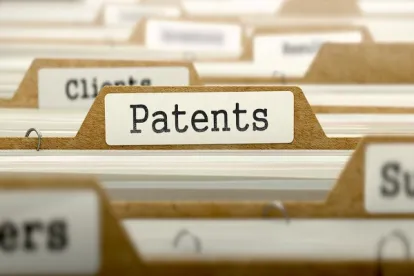The US Court of Appeals for the Federal Circuit remanded a final decision of the Patent Trial and Appeal Board (PTAB) in an inter partes review (IPR) proceeding, criticizing the PTAB’s obviousness determination for failing to clearly articulate a reason why it would have been obvious to combine the references on which it relied. In re NuVasive, Inc., Case No. 12-1670 (Fed. Cir., Dec. 7, 2016) (Wallach, J).
The panel provided guidelines for how the PTAB must articulate a motivation to combine references. In the field of bone implants, NuVasive owns a patent directed to particularly placed radiopaque markers on bone implant structures. NuVasive’s patent was challenged in an IPR as obvious over an alleged combination of patent and non-patent references.
During the initial proceedings at the PTAB, NuVasive challenged the public accessibility of the non-patent references on which the petitioner relied. NuVasive later abandoned those arguments at the hearing and instead focused on the non-obviousness of the proffered combination.
Ultimately, the PTAB determined that the claims were obvious over the cited references, rejecting NuVasive’s arguments against such a combination because it “vastly underestimate[s]” the ordinary level of skill in the relevant field. The PTAB was not persuaded that it would have “confused” a person of ordinary skill in the art to make the alleged combination. NuVasive appealed.
The Federal Circuit faulted the PTAB for failing to make appropriate factual findings to support a motivation to combine. The PTAB’s reasoning merely dismissed NuVasive’s arguments as to why the two references were not combinable without stating explicit reasons why a person of ordinary skill in the art would have been motivated to make the combination. Without a record of explicit reasons, the Federal Circuit stated that it was unable to perform appellate review of the PTAB’s obviousness determination because it could not assess whether it was supported by substantial evidence.
The Federal Circuit went on to provide examples of how the PTAB’s prior decisions adequately articulated explicit reasons to combine and how other decisions fell short. Importantly, the Federal Circuit noted that “it is not adequate to summarize and reject arguments without explaining why the PTAB accepts the prevailing argument,” and that conclusory statements or mere “common knowledge or common sense” cannot serve as a substitute for the required reasoned analysis and underlying evidentiary support.
Practice Note: The panel decision echoes the Federal Circuit’s non-precedential decision in Cutsforth v. MotivePower remanding a final written decision for an explanation based on evidence as to obviousness. Similarly, in Nike v. Adidas, the Federal Circuit faulted the PTAB for failing to explain why the patent owner’s commercial success evidence presented to support the non-obviousness of proposed claims in a motion to amend were not discussed, and remanded the case back to the PTAB.



 />i
/>i

